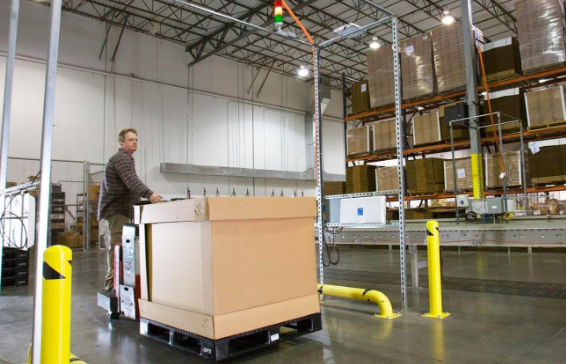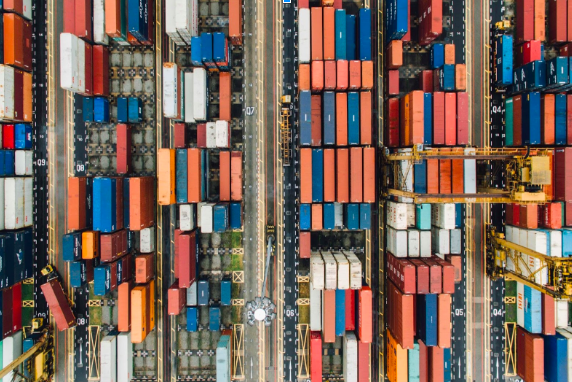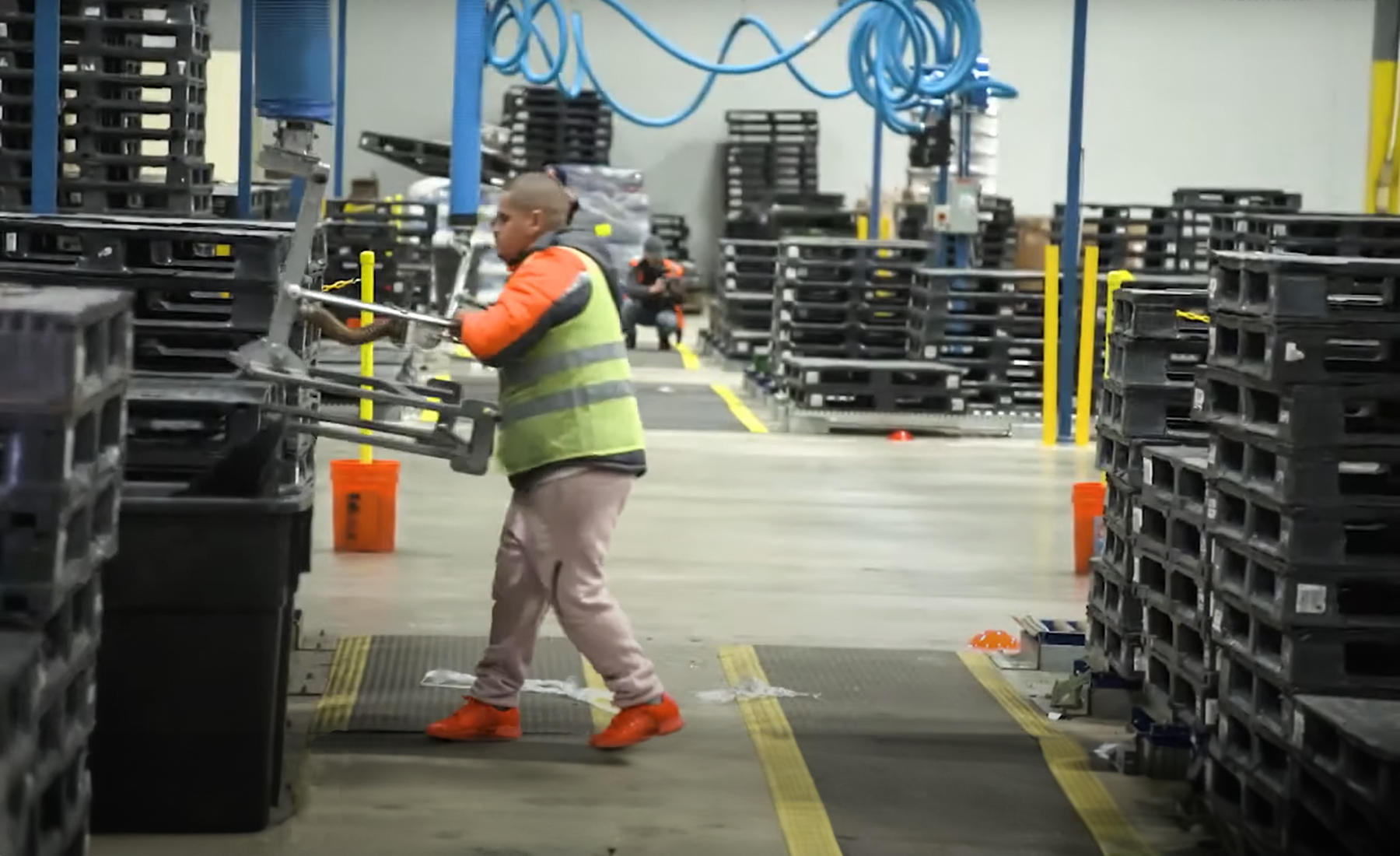Consumers are likely noticing that some grocery items–a box of Honey Nut Cheerios, for instance–now cost more than they used to. They’re also likely to find that these price increases aren’t confined to the cereal aisle. The culprit is higher transportation and logistics costs in the U.S., which have caused industries across the board to increase prices to offset the rising logistics costs of getting their goods to market.
The ideal solution to higher transportation costs involves protecting profits via cost savings in another area, like the supply chain.
Why are transportation costs increasing? A number of factors are involved, but the answer starts with rising labor costs. As of April 2018, the U.S. unemployment rate reached a historic low of 3.9 percent. After nearly a decade of being lucky to have a job, Americans seeking higher pay now have a reasonable chance of finding a better paying position. Employers in the transportation sector have begun to raise wages and benefits to keep their drivers and attract new ones. Even so, a shortage of drivers–caused by various factors, including Compliance, Safety, Accountability (CSA) ratings concerns by carriers, which has led carriers to refuse to hire drivers with violations on their records–has caused as much as a 28 percent rise in spot rates. In the rail industry, moves to boost profits by running fewer rail cars, cutting jobs, and closing rail yards have reduced capacity and led to higher freight costs. This has resulted in prices increases by companies like General Mills in an attempt to protect revenues.
For manufacturers, higher prices are a tricky proposition. They have the potential to drive consumers to competing brands, hurting revenues still further. The ideal solution involves protecting profits via cost savings in another area, like the supply chain. Optimizing the supply chain can lower a company’s Total Cost of Business (TCOB) in order to cover increased transportation costs. Switching from wood pallets to lighter weight, more durable, and more easily sanitized plastic pallets does this by lowering the cost of every operation in the supply chain. Here’s how it works.
Wood Pallets Cause Interruptions in the Supply Chain
 In today’s fast-paced and interconnected world, product must flow smoothly and constantly through the supply chain. Yet, small interruptions are common–and costly. Wood pallets are some of the most common sources of these interruptions, causing delays due to:
In today’s fast-paced and interconnected world, product must flow smoothly and constantly through the supply chain. Yet, small interruptions are common–and costly. Wood pallets are some of the most common sources of these interruptions, causing delays due to:
- Unusable Pallets: Wood pallets sometimes don’t arrive fit for use due to breakage during shipping or inattentiveness by the pallet provider. This leaves production centers ordering pallets at the last minute or delaying outgoing shipments.
- Pallet Failure: A damaged pallet that enters the supply chain may fail in various ways. Deck boards may break or nails may pull loose. Whatever the cause, a pallet failure during any leg of transportation can cause product damage and machinery downtime, resulting in costs to the manufacturer and hassle for the retailer.
- Awkward Handling: Some wood pallets can only be safely lifted by machinery from a single direction, and if staging isn’t done correctly this can mean rearranging entire inventories to reach a single pallet that needs to ship immediately.
- Unreliable Weights: The tare weight of wood pallets can vary by up to 15 pounds per pallet. That variable weight can throw off finely tuned machinery such as ASRS, as well as reduce the amount of actual product shipped on each outgoing load.
All of these common problems with wood platforms lead to interruptions in the flow of goods through the supply chain. These interruptions cost companies money every day. A switch to a more reliable shipping pallet reduces interruptions and downtime, cutting costs throughout the supply chain.
More Efficient Plastic Pallets Save on Transportation Costs

As a manufactured material, plastic is free from the natural variation that plagues wood pallets. This means improved operational efficiency and smoother, faster movement through the supply chain due to:
- Consistent Light Weight: A plastic pallet weighs less than 50 pounds, compared to a wood pallet’s 75- to 80-pound weight. This lighter weight makes it possible to maximize the amount of product in each load. This alone can create a cost savings of 3%-10% on transportation.
- Reliable Handling: Pallets designed to be picked up from any side streamline handling by machinery, and a full deck that supports the load across the span of the pallet helps prevent product damage like creasing. These benefits help operations move more quickly and prevent product damage.
- Durability: A plastic pallet can make up to 100 trips through the supply chain, while reusable wood pallets can make only 15 or 20 trips. The plastic pallet’s higher durability eliminates the accumulation of wood debris and loose nails in warehouses, reducing accidents, product and machinery damage, and the time and money needed to clean the warehouse.
For a facility doing 100,000 annual pallet turns, the switch to plastic pallets saves a manufacturer around $188,000-$230,250 per year.
Inspecting pallets, replacing unsuitable pallets, and clearing debris in the warehouse in order to prevent interruptions consumes much of a supply chain worker’s effort. Plastic pallets make these issues rare, freeing workers to focus on ensuring that products move smoothly through the supply chain. The savings on the labor required to clean an average warehouse facility comes to $0.07-$0.11 per pallet–this doesn’t include savings on rental cleaning equipment or the labor required to sanitize trailers. Fewer forklift spills caused by shards from wood pallets can save $0.06 per pallet. Reduced automation equipment downtime and maintenance saves around $0.30-$0.36 per pallet, and savings due to more product shipped per load can save $0.75-$1.08 per pallet. For a facility doing 100,000 annual pallet turns, the switch to plastic pallets saves a manufacturer around $188,000-$230,250 per year (the result of adding all general, process-related, product-related, and transportation-related savings). This is a significant reduction in TCOB that can help offset increased transportation costs and protect profits.
The sole challenge in using plastic pallets is developing a reverse supply chain so they can be reused. The answer to this challenge is a plastic pallet rental program that manages the reverse logistics needed to reuse a plastic pallet and ensures a supply of plastic pallets is ready at production centers. Not all plastic pallet pools are created equal. Choose a plastic pallet pooling program that offers high-quality, GMA spec plastic pallets with options like RFID tracking to improve efficiency further.
Bring down your transportation costs while lowering your total cost of business with the iGPS pallet. The durable, lightweight iGPS plastic pallet increases worker safety and facility hygiene and creates savings for you, your retail partners, and consumers. To learn more, give our team a call at 1-800-884-0225, email a specialist at switch@igps.net, or visit our contact page.
Image 1: Unsplash user chuttersnap
Image 2: Flickr CC user Ralph Hockens



